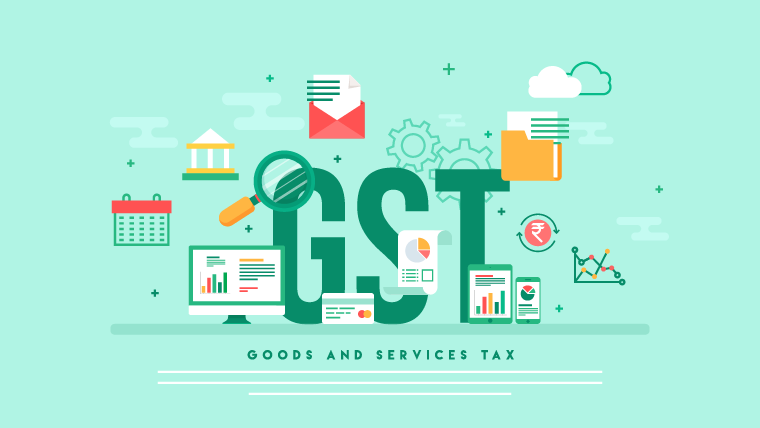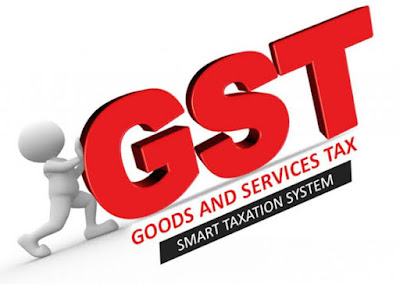Goods and Services Tax
 .
.Who introduced GST in India?
Prime Minister Narendra Modi launched GST into operation on the midnight of 1 July 2017. But GST was almost two decades in the making since the concept was first proposed under the Atal Bihari Vajpayee government. The development of GST took many consultations, negotiations and revisions before it was launched in its final form in 2017. The launch of GST was also made difficult by the fact that it required a Constitutional Amendment, and hence, a two-thirds majority approval in the Parliament, and a nod of more than at least half of the states.
What are the benefits of GST in India?
GST was brought in as a revolutionary change and India’s biggest tax system overhaul since Independence. GST replaced a plethora of indirect taxes such as states’ sales tax, service tax, excise, etc., with a single central tax regime applied uniformly on all products and services. However, the biggest benefit of GST was that it opened up entire India as a single unified market allowing for free movement of goods across states’ borders, as opposed to the earlier scenario where state borders became barriers.

What items are not taxed or covered under GST
There are a few products, which were not under the purview of GST till long after its launch.
- Alcohol for human consumption: On alcohol, the power to tax remains with the states.
- Petroleum products: GST was not imposed on five petroleum products — crude oil, diesel, petrol, natural gas and ATF.
- Tobacco: Along with GST, the Central Government has the power to levy additional excise duty on tobacco products.
- Entertainment tax: The power to decide on entertainment tax levied by local bodies remains with the states.
In the earlier indirect tax regime, there were many indirect taxes levied by both the state and the centre. States mainly collected taxes in the form of Value Added Tax (VAT). Every state had a different set of rules and regulations.
Inter-state sale of goods was taxed by the centre. CST (Central State Tax) was applicable in case of inter-state sale of goods. The indirect taxes such as the entertainment tax, octroi and local tax were levied together by state and centre. These led to a lot of overlapping of taxes levied by both the state and the centre.
For example, when goods were manufactured and sold, excise duty was charged by the centre. Over and above the excise duty, VAT was also charged by the state. It led to a tax on tax effect, also known as the cascading effect of taxes.
The following is the list of indirect taxes in the pre-GST regime:
- Central Excise Duty
- Duties of Excise
- Additional Duties of Excise
- Additional Duties of Customs
- Special Additional Duty of Customs
- Cess
- State VAT
- Central Sales Tax
- Purchase Tax
- Luxury Tax
- Entertainment Tax
- Entry Tax
- Taxes on advertisements
- Taxes on lotteries, betting, and gambling
CGST, SGST, and IGST have replaced all the above taxes.
However, certain taxes such as the GST levied for the inter-state purchase at a concessional rate of 2% by the issue and utilisation of ‘Form C’ is still prevalent.
New Compliances under GST:
Apart from online filing of the GST returns, the GST regime has introduced several new systems along with it.
e-Way Bills
GST introduced a centralised system of waybills by the introduction of “E-way bills”. This system was launched on 1st April 2018 for inter-state movement of goods and on 15th April 2018 for intra-state movement of goods in a staggered manner.
Under the e-way bill system, manufacturers, traders and transporters can generate e-way bills for the goods transported from the place of its origin to its destination on a common portal with ease. Tax authorities are also benefited as this system has reduced time at check -posts and helps reduce tax evasion.
E-invoicing
Recently, the e-invoicing system has been launched on a trial basis starting from January 2020 and applicable from October 2020. This system requires large businesses with an annual aggregate turnover of more than Rs.100 crore to comply with some requirements.
They must obtain a unique invoice reference number for every business-to-business invoice by uploading on the GSTN’s portal known as the invoice registration portal. The portal verifies the correctness and genuineness of the invoice. Thereafter, it authorises using the digital signature along with a QR code.
E-invoicing allows interoperability of invoices and helps reduce data entry errors. It is designed to pass the invoice information directly from the IRP to the GST portal and the e-way bill portal. It will, therefore, eliminate the requirement for manual data entry while filing ANX-1/GST returns and for the generation of part-A of the e-way bills.


Comments
Post a Comment